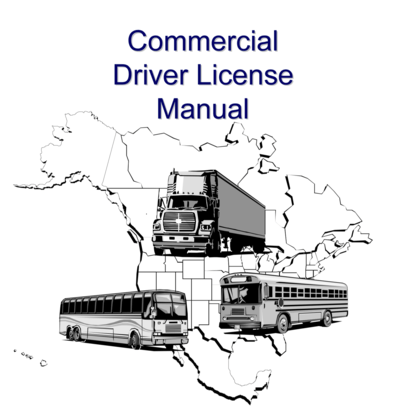Patients
January 18, 1908, is the anniversary of the death of Dutch ophthalmologist Herman Snellen, who created the familiar test for visual acuity. Charles Osgood re. If the driver’s vision in one eye is below 20/40 but the other eye is 20/40 or better, the driver passes with “left outside mirror restriction” if there are no plans to correct the poorer eye.

Searching for a free eye chart to check your vision at home?
Simply click on the image to the right, and your download will begin. You can use this eye chart to check your entire family's vision.
Remember: This is not a substitute for a complete medical eye exam by a licensed optometrist. But it could help you identify potential vision problems that demand professional attention.
Need the JPEG version? Click here.
How to Use the Eye Chart
- Print the free eye chart on regular 8 1/2 x 11-inch paper
- Tack or tape the chart to a windowless wall in a well-lit room at eye level
- Measure ten feet from the wall
- Cover one eye (if you wear glasses for distance vision, keep them on)
- Have another person point to each line as you read the letters out loud and keep track of which letters you get right
- Continue to the bottom row or until you can no longer read the letters
- Write down the number of the smallest line where you identified the majority of letters correctly (Ex. If you were able to read 5 out of 8 letters on line 8, you would write 20/20.)
- Cover the other eye and repeat steps 5-7
What Do the Results Mean?
That depends on the age of the person being tested. A 3- to 4-year-old should be able to read the 20/40 line, and a 5-year-old the 20/30 line. Older children and adults should be able to read the majority of letters on the 20/20 line.
Ohio Drivers Eye Exam Chart Test

If you notice any results that fall outside these standards, be sure to schedule an eye exam with your Vision Source doctor.
Testimonials
“The thing that I would tell people about Vision Source is that the people that work there are really sweet and they have the patience to help you and they're very helpful.”
BrittanyRecent Posts
Ohio Drivers Eye Exam Charts
Sunglasses Versus UV Rays
May 17, 2021
What’s Inside the Human Eye?
May 10, 2021
Connect With Us
Stay connected with everything new here at Vision Source:

The DMV stands for the Department of Motor Vehicles. It is a term used to describe the government agency that exists in the United States of America which is responsible for handing out driver licenses and vehicle registrations. The term DMV is not adopted by every state, but it is generally used as it is a simple and easily understood term that describes this authority. In many areas of jurisdiction, the actual work of licensing and registration is outsourced to an agency that is responsible for the administrative jobs associated with these processes.
One mandatory requirement for a person who is driving is the requirement of an acceptable level of vision. It is a legal requirement that people with refractive errors in their eyes must be wearing their prescription glasses or contact lenses while operating a vehicle.
Different DMVs have different rules regarding the limit of sight beyond which an individual will not be allowed to drive. During the process of licensing, a vision test is ordered. In this test, the candidate is made to read a few lines of letters from a chart, initially with both eyes and then subsequently with each eye. This is quite similar to an eye evaluation test that a doctor might conduct using a vision chart test procedure. If the previous valid license of an individual has corrective lenses as a requirement on it, the subsequent vision test will be conducted using those corrective lenses. At this stage, it is important for the subject to communicate if any changes in corrective lens power have occurred in the period between the two licensing exercises. When this has happened, the subject may be required to produce a doctor's prescription stating the same. The subject will then be allowed to take the test with the new lenses in place.


Ohio Driving Vision Test
It is important to note that a DMV test is designed to help improve road safety and is not targeted at individuals in a manner that will restrict drivers from being licensed. It is only to prevent those with poor vision from endangering the lives of others on the roads. These people who fail a vision test may re-apply for the same once some corrective action has been sought for their poor vision. Naturally, a person who is blind or virtually blind will not be able to drive a vehicle safely and will not be licensed. The requirement of the DMV is that the best eye has a minimum of 20/200 vision which is corrected with glasses or contact lenses.
More articles from the